Former investment manager, Florence-based art collector Christian Levett developed his passion for art when he was working in Paris at the age of 25. Throughout the past 26 years, he has amassed around 2,300 artworks, from antiquities to modern and contemporary art. He is also the founder of Mougins Museum of Classical Art in the south of France, in which vases by Grayson Perry and Keith Haring can be seen alongside 4th-century Greek vases and a bronze bust of Kanye West by Kehinde Wiley is sitting in-between the Roman marble busts of Alexander The Great and Lucius Verus. In the last 8 years, he has focused on collecting post-war art only and has built an in-depth collection of Female Abstract Expressionism, which is now frequently demanded by museums for loaning.
LARRY’S LIST spoke to Christian Levett about the contemporary artists he has been collecting, particularly Tracey Emin; his considerations when making an art purchase; the motivation to set up the Mougins Museum 11 years ago; and why he believes in expanding regulation in the art market.
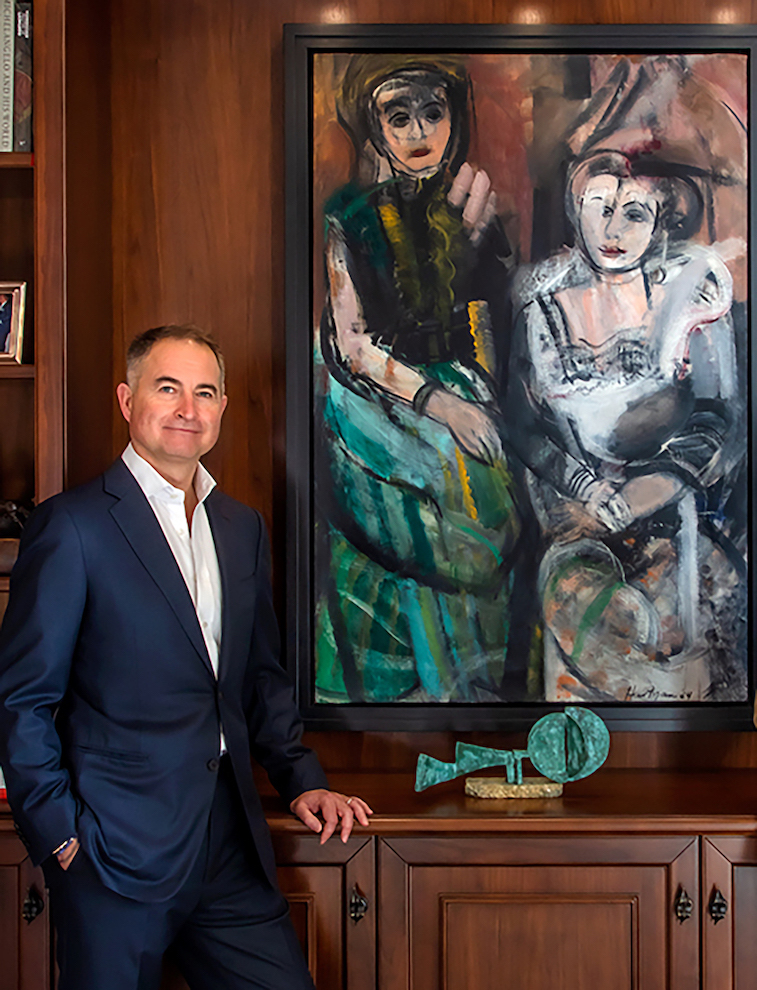
Collecting
What made you want to start collecting art? What is the main motivation behind your collecting?
I’ve had the addictive, collecting gene since childhood, when I bought inexpensive coins and medals. Additionally, I always had an intense interest in history, and on family holidays, we would often visit castles and cathedrals, or museums of historical pieces, such as the British Museum or The London Museum. Although as a child we didn’t visit art galleries, my passion for art started in 1995 when I moved to Paris for work at the age of 25.
When did you fall in love with a piece of art? What was it?
While in Paris, between 1995 and 1997, I spent every weekend in the various museums and really started a self-education in the history of art there. I particularly fell in love with the Dutch and Flemish 17th century art galleries in the Louvre, and my first significant art purchase was a painting by an artist called Edgbert Van Der Poel, of a fire scene in Delft, painted around 1650.
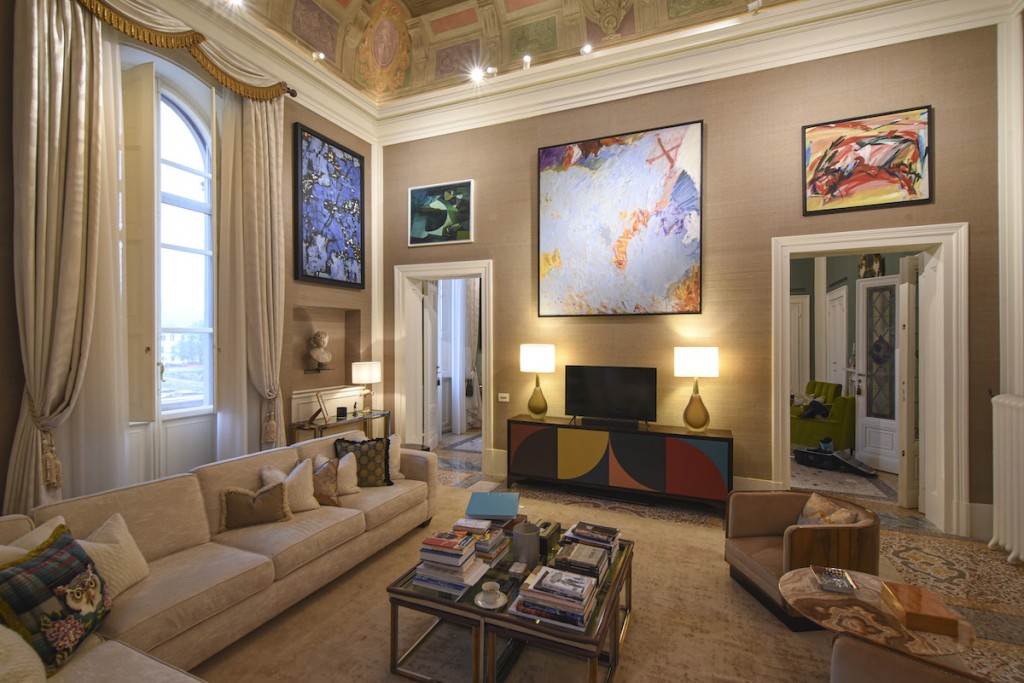
Why do you focus your collection on modern female abstract expressionism?
My collecting has jumped around over the years. I’ve gone through long periods of collecting in one area and then moved to another. I’ve collected antiquities and classical artworks, Old Masters, Italian Zero movement, Impressionist drawings, but in the last 8 years, I decided to focus on collecting post-war only, and I was buying important artworks equally between both male and female artists. Some of those female works included pictures by Joan Mitchell, Helen Frankenthaler, and Lee Krasner, and I found myself getting increasingly drawn to abstraction. I was also buying Cecily Brown and Tracey Emin. Then, I bought and read the “9th Street Women” and it brought the whole 1940s-1960s abstract expressionist movement to life, as seen from the lives of the above three artists, plus Elaine de Kooning and Grace Hartigan. Then, I started buying the biographies and exhibition catalogues of these artists and just became entranced by the vibrancy of both their art and their characters. Then, I researched other female artists of the period, and there were a large number of extremely important, museum-exhibited works on the market, and very attractively priced, relatively speaking. It became apparent that if I bought them all and kept them together as a collection, we could create something of great importance and great interest to the public. So that’s what I did.
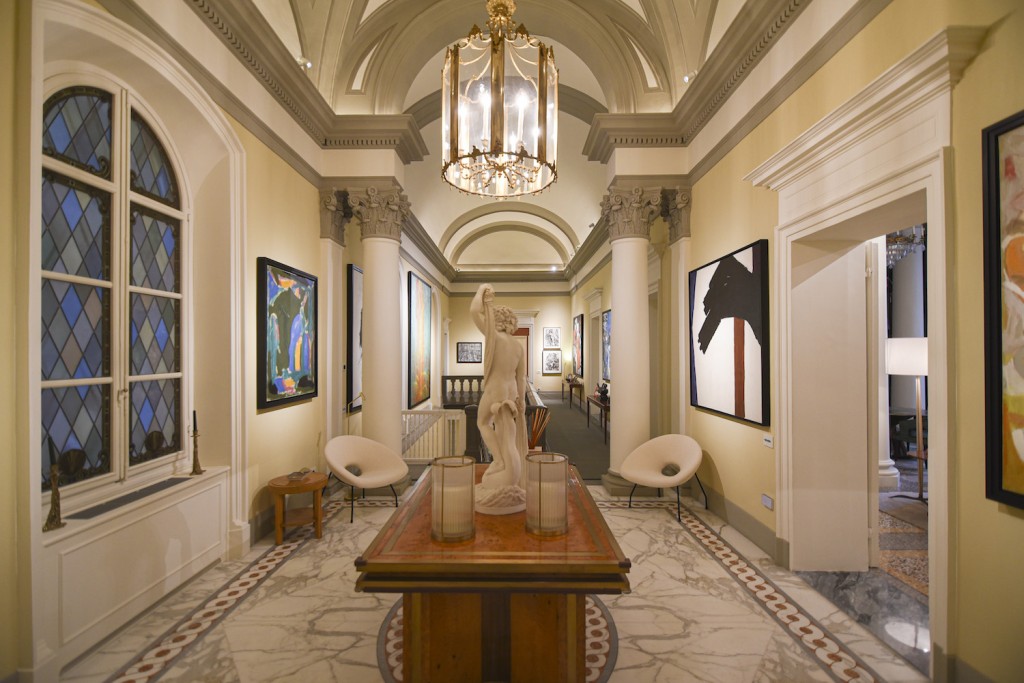
What contemporary art or artists do you collect?
I don’t often buy a very young artist’s work. Normally, the artist is at least mid-career, so say in their forties or older, and have had museum shows and be well known. We own so many artworks that it’s important from a financial perspective that the artist has embedded longevity, and as the collection gets passed to children and grandchildren, that this history of longevity goes with it. Of those mid-career artists of that stature, we own Cecily Brown and Damian Hirst, for example. Later-career artists we own would include Ibrahim El-Salahi, Bridget Riley, and Howardina Pindell.
Having said that, I bought two Gabriella Boyd’s in the RA Schools show in 2017 as I was particularly impressed by her painting. Subsequently, I saw a work of hers in the ‘Mixing It Up’ exhibition at the Hayward Gallery last year, so interestingly she’s clearly making ground now.
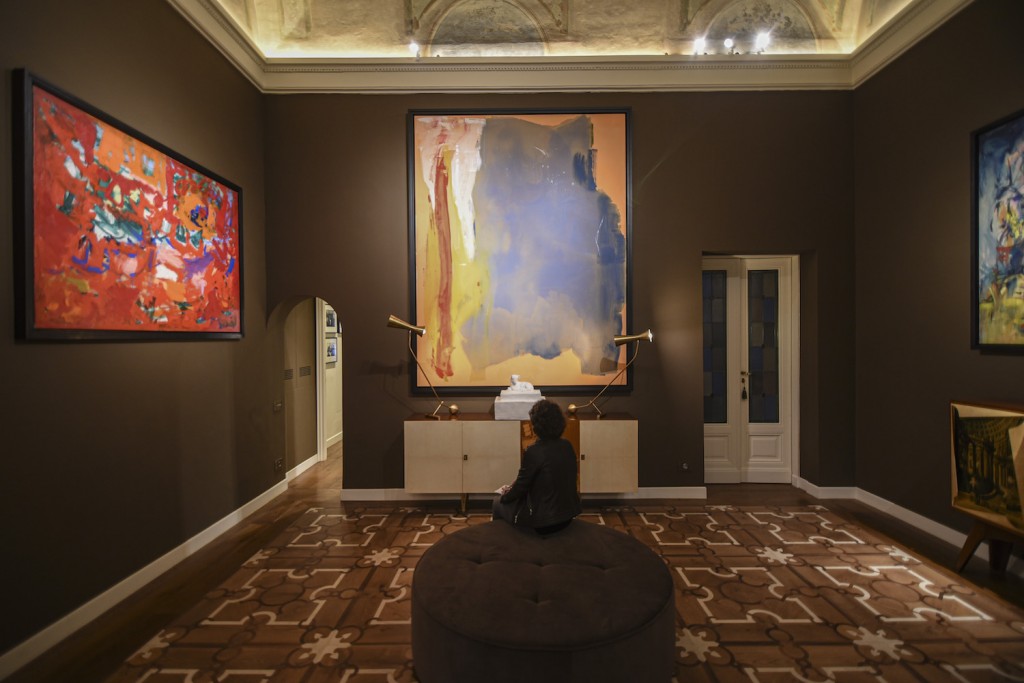
What were the latest artworks you purchased?
A major painting by Elaine de Kooning, called ‘The Loft Dwellers’; that’s a highly important 1961 portrait of her two assistants, and was last exhibited in her portraits retrospective at the National Gallery in Washington in 2016,
Also, a 2002 Tracey Emin blanket, called ‘The Last of the Gold’, that had been with the same owner since it was made. I’ve also been buying 1950s and 60s bronzes by the important American sculptor, Dorothy Dehner, who was David Smith’s first wife.
How many artworks do you own? Where do you display your collection?
Including antiquities and photographs, as I have a collection of photographs too, around 2,300. TheLevettCollection.com is going live shortly listing the whole collection.
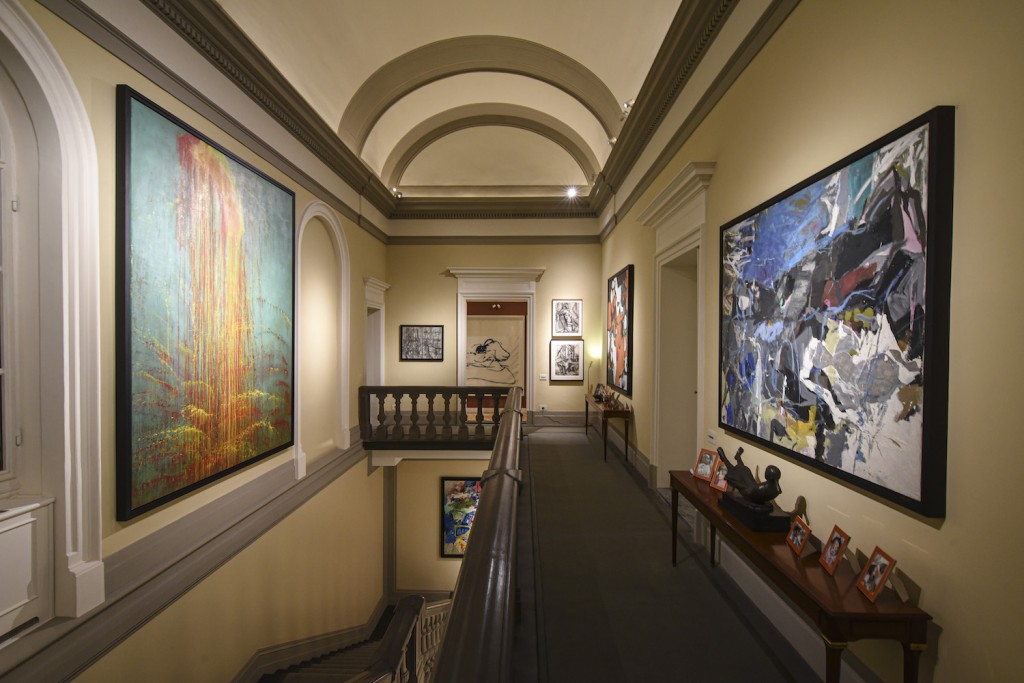
Where have you presented your art collection publicly? How were the experiences?
Well, aside from in my own museum in Mougins, France, I have loaned artworks to too many institutions to list, but among the bigger museums I’ve loaned to The Met, The Getty, The Art Institute of Chicago, Tate, The Pompidou, The Albertina Vienna, The Barbican, Guggenheim Bilbao etc This year we have around 25 pieces out on loan and next year we already have nearly 70 works scheduled to either go out on loan or remain on loan. However, we also display a lot of our female abstraction collection at our home in Florence, Italy and have opened it up to visits from major museum patrons groups and university groups. The Florence colleges of Harvard, Stanford and NYU have all had students visit recently for example.
What considerations guide you to make a purchase?
The composition, condition, quality of execution, color, provenance; is it an important date? is it typical of the artist? The rarity, legality, attribution (if its an Old Master); is it a forgery? is the paperwork a forgery? Is it emotive, stimulating, provocative, thought-provoking when I look at it? And then price — I always have a limit in my mind as to what I will pay for an artwork. I never chase works to unrealistic levels at auction and I have almost never bought something at a high price just because it fitted the collection perfectly. Patience is key.
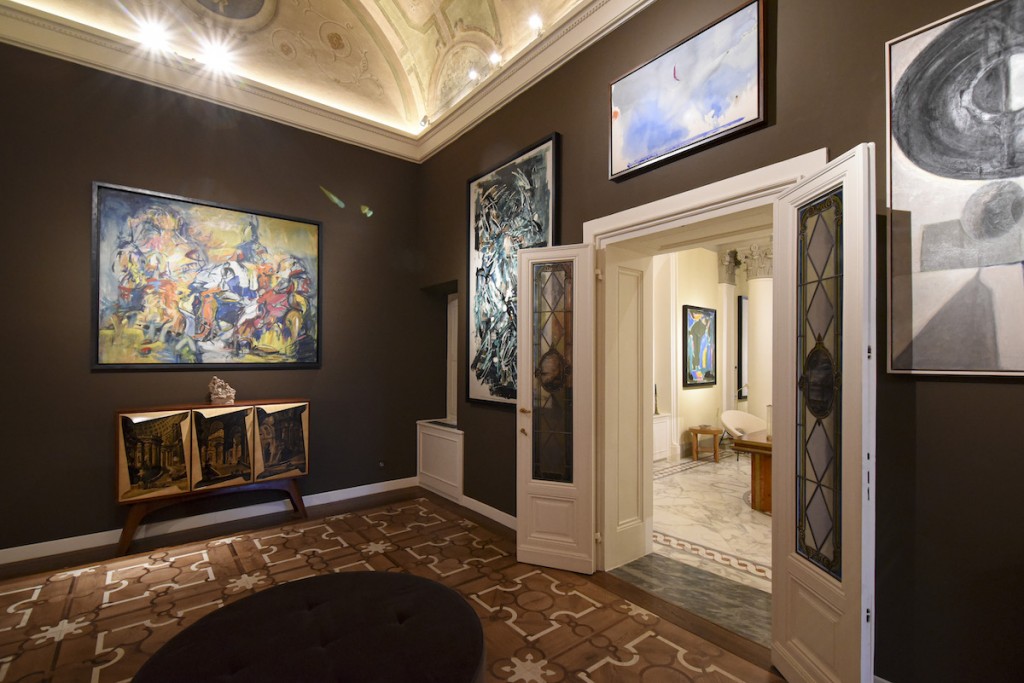
The Art World
What’s your art-world pet peeve?
1) Antiquity dealers that falsify provenances.
2) Galleries that offer secondary works through art advisers, and sometimes chains of them, and then the difference between what the seller receives and what one pays for the work can sometimes get lost in the transaction. Buyers should demand to know from an art adviser exactly who is in the chain and exactly what each person is receiving, including the owner.
3) Auction houses that can’t substantiate a provenance of an artwork that they’ve sold to you in the past, and then will also neither buy it back, nor resell it. And I’ve seen that across art from all periods.
Needless to say, I believe in expanding regulation in the art market.
Who inspires you the most in the art world?
Artistically speaking, in the artworld today, I would say Tracey Emin. I love the broad range of her work between her tapestries, paintings, watercolors, sculptures, photographs, neon works, and her associated writings and poetry surrounding all of those genres. I think she’s one of the most genial artists of our time, and an incredibly talented all-round artist, and I admire her greatly. Also, I saw her recently when she won the Whitechapel Art Icon Award, and I’ve seen her around in the art scene over the last six months, and after her terrible illness, she’s clearly very much back in the saddle—arranging new museum shows, working hard, and of course developing her Margate project. One has to give her enormous credit on every level, artistically, professionally, physically, and mentally.
Commercially speaking, I admire the major gallerists that put on big and important shows, help develop younger talents into major artists, and have five or more galleries. It’s not easy to become that successful in the artworld, and to maintain it over many decades throughout multiple economic downturns. To build a big business, employing hundreds of staff and having very substantial business infrastructure costs, and to make it consistently work well is a massive personal 24/7 pressure. Having run a large multi-office business myself, even if it’s in an area that you love, it’s all-consuming and not all of it is fun. There’s a lot of financial risk and administrative drudgery that comes with that, and a lot of sacrifices at times to your personal life when you have to be available to your employees day-and-night across multiple time zones almost every day of the year. And today, one also has to be constantly innovative—one is seeing that in art as much as any other industry. So I admire tremendously Larry Gagosian, David Zwirner, Jay Jopling, Thaddaeus Ropac, and Arne Glimcher, to name but a few. One could mention galleries like Robilant & Voena and Tournabuoni for example, who are also running multiple sites, and substantial fixed costs, albeit on a smaller scale.
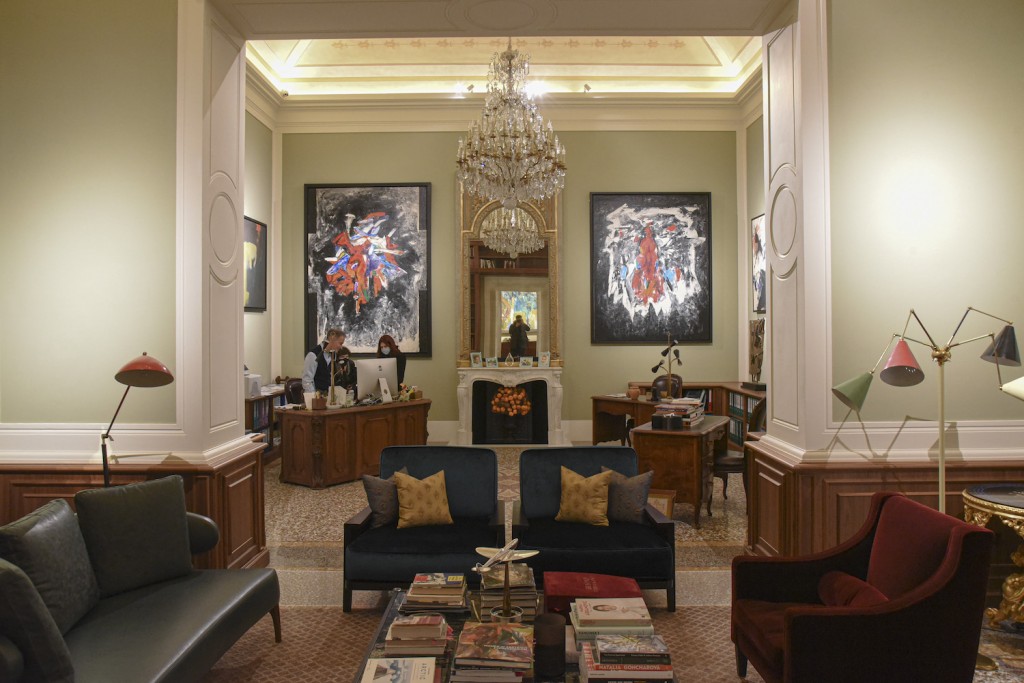
What are you especially excited about in regard to art in the upcoming months?
On the gallery side, there’s a Perle Fine show happening now at Gazelli Art House on Dover Street in London. Perle Fine was a founder of the abstract expressionist movement and exhibited in Leo Castelli’s 9th Street exhibition in 1951, which was the show that really launched the movement, and where she were shown alongside Rothko, Pollock, Krasner, Willem and Elaine de Kooning, Mitchell, Kline, Hartigan, Frankenthaler, Guston, Motherwell etc. I own two major works by Perle Fine, so it’ll be interesting to see the works Gazelli are selling.
On the Museum side, we are loaning heavily to a post-war abstraction show at the Albertina Modern in Vienna, which opens in October and includes all the above names. And then, we are loaning again to a major female-only abstract expressionist show that opens in London early next year and will be toured to France and then Italy — but I can’t talk about the details until it’s announced in the next 1-2 months. The American female abstract expressionists are in extremely high demand for museum loans right now. One should buy the 1950s works wherever possible.
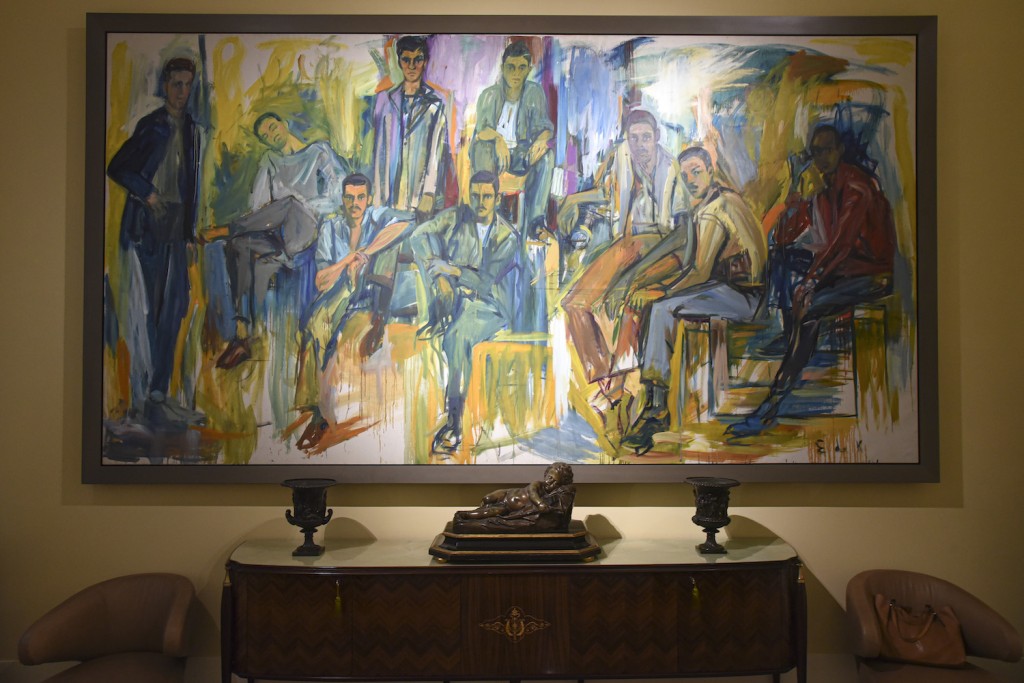
Both the art market and the art world seem to be giving more attention to women artists these days. What do you think about this? Why is it important?
It is tremendously important. Women artists have been consistently overlooked throughout history, either through lack of opportunity in society, or for reasons in the last 60-70 years that are harder to explain. In fact, during the 1950s in New York, so many female artists were showing shoulder-to-shoulder alongside the men, and yet, the majority of the women dropped off the radar of the big museums, larger galleries and collectors until recently. Grace Hartigan, for example, was being acquired by MoMA and The Whitney in 1953 and 1954, the only men you could say that at that same time were Pollock and Motherwell. And yet, her 50s pictures were trading at 100th of the price of relatively far less successful male artists of that period. You can still buy the sculptures of Dorothy Dehner for nothing, and yet she had retrospectives at The Jewish Museum in NY in 1965 and The Cleveland Museum of Art in 1993. Nancy Graves, Richard Serra’s first wife, was the youngest-ever person to have a single artist show at The Whitney, and the values of her fantastic 70s and 80s paintings were also wiped off the auction map until recently.
Even Elaine de Kooning, who is at a much higher price point, but was also recently heavily overlooked, despite having a retrospective that went to five US museums in 1993 and the major retrospective of her abstract portraits at the National Gallery of Art, Washington in 2015.
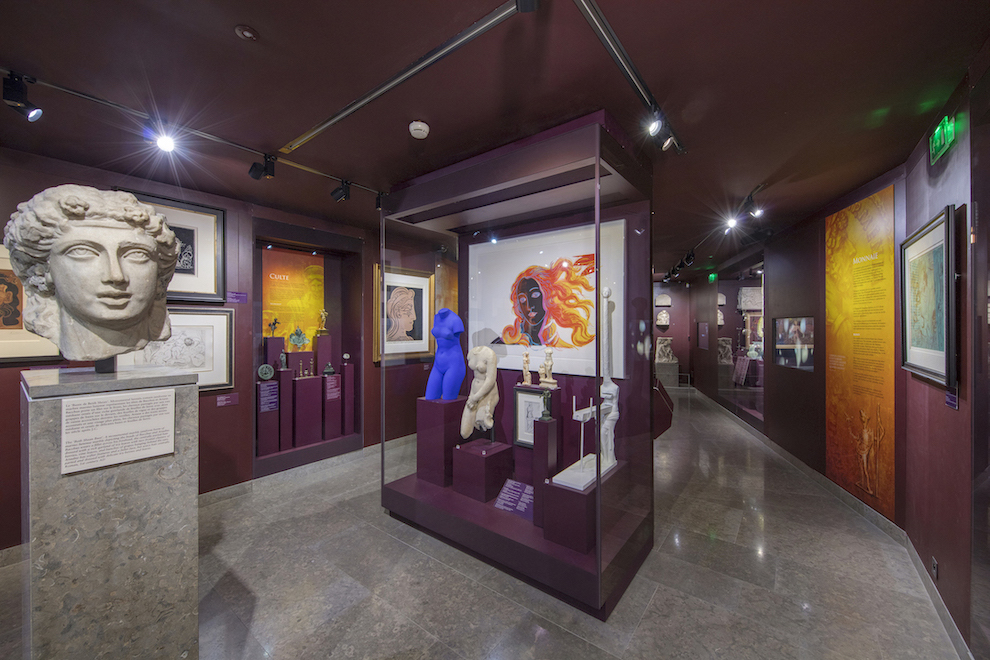
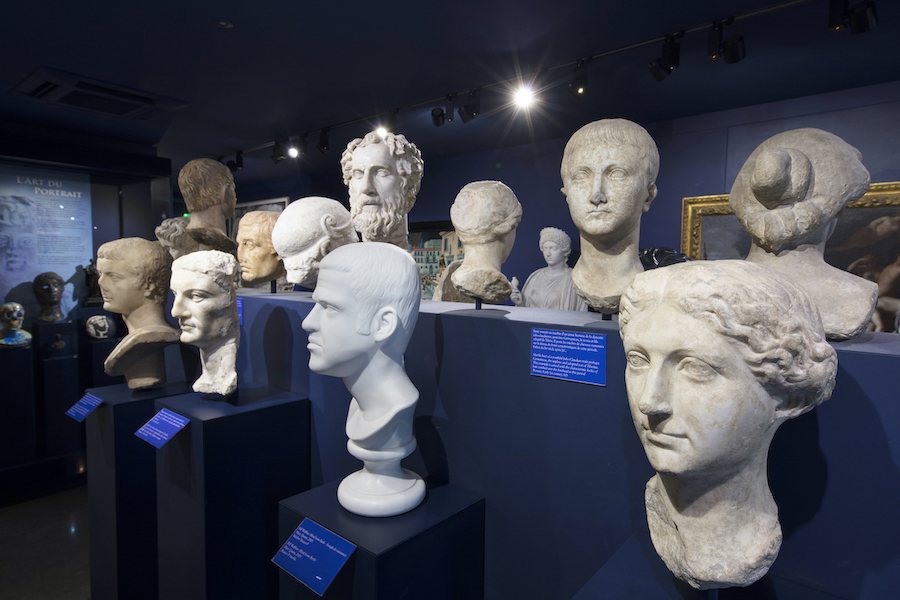
Mougins Museum
What is your motivation behind opening a museum?
Well, my collection of Roman, Greek and Egyptian antiquities, together with modern artworks that have classical themes had got so large, that the only thing I could do to display them all was to open a public museum. Visitors love the juxtaposition of the ancient versus the modern, as we directly demonstrate how ancient art has inspired and influenced artists over the last 400 years. We’re open to the public 364 days a year and are now in our 11th year.
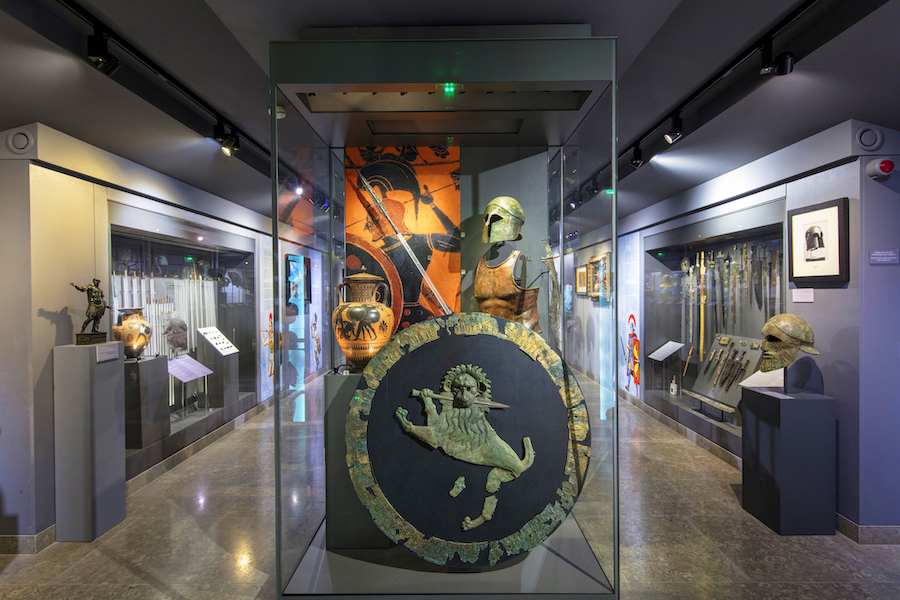
Why did you choose this location for opening the museum there?
I have a house and restaurants in Mougins, but the village was also the last home of Picasso as he lived in Mougins from 1962-1973 and died in his house there. It’s been synonymous with many of the major French artists of the 20th century, including Leger, Picabia, Chagall, Man Ray, and even Winston Churchill painted scenes in Mougins. So it’s naturally a great place to open an art museum.
How did you have the idea to exhibit modern or contemporary art alongside the original classical collection of the museum?
Well, I did it initially because I loved the synergy of having both modern and classical art at home, but then it became clear that it would be highly educational and great fun for the public to view too. Visitors love seeing 4th century Greek vases alongside vases by Grayson Perry and Keith Haring; and Roman sculptures of Aphrodite alongside Aphrodite sculptures by Yves Klein and Salvador Dali. Our latest entrant is a 2015 bronze bust of Kanye West by Kehinde Wiley, that sits proudly between the Roman marble busts of Alexander The Great and Lucius Verus.
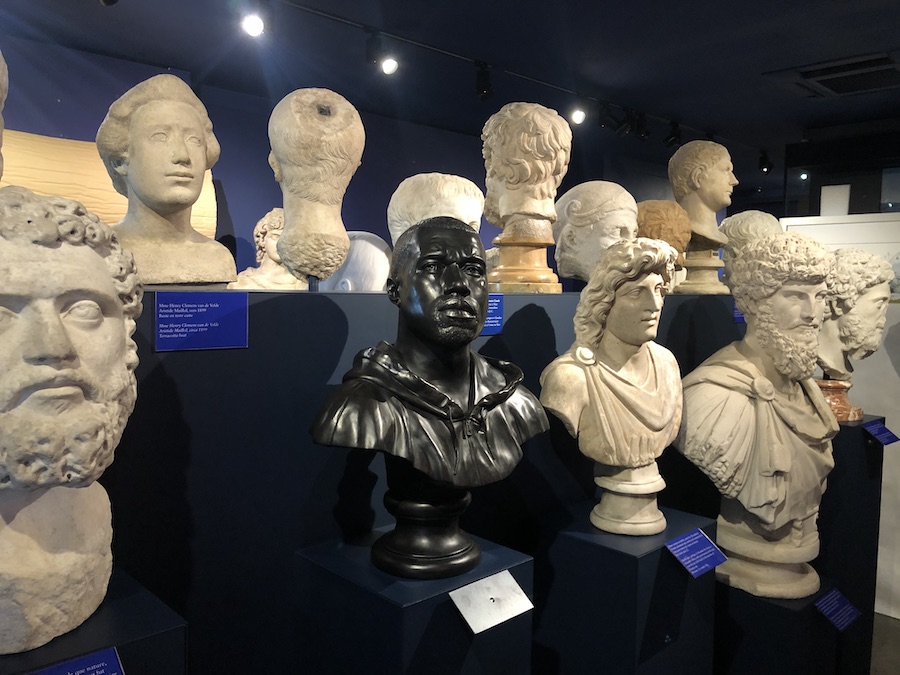
The interview was facilitated by Pegah Hoghoughi at Gazelli Art House.
Related: Mougins Museum of Classical Art
A selection of artists Chris collects:
Dorothy Dehner
Elaine de Kooning
Grayson Perry
Kehinde Wiley
Tracey Emin
By Ricko Leung





